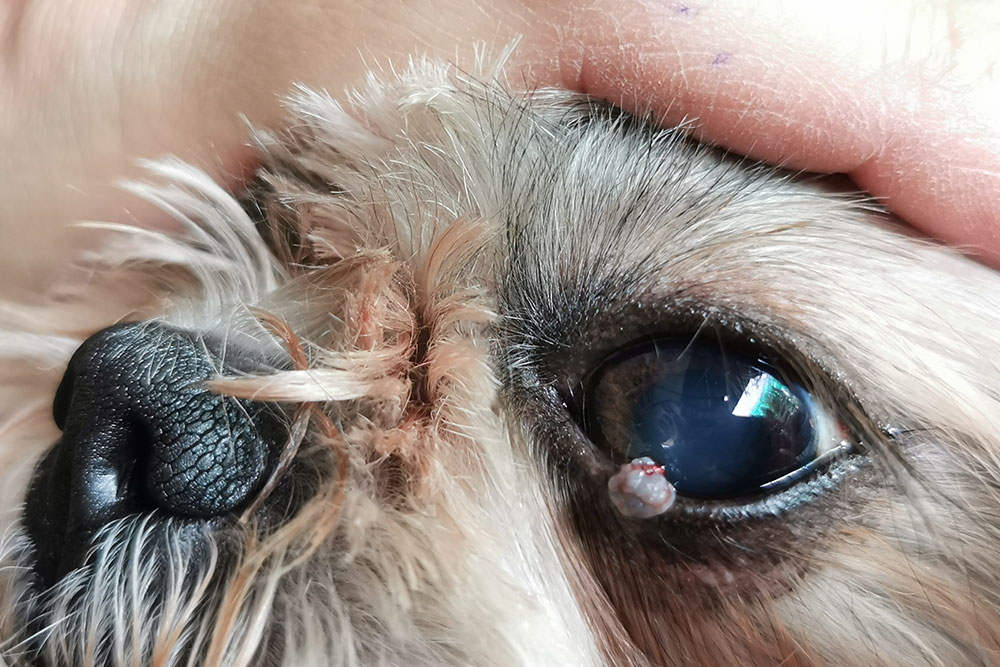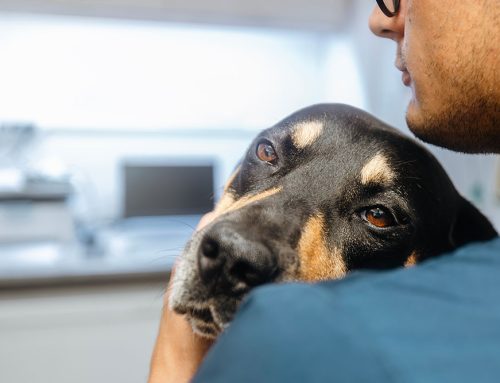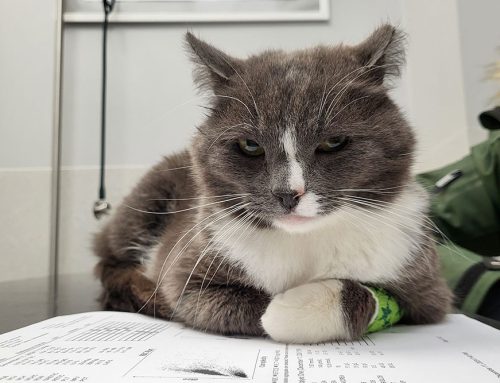You’re petting your dog or brushing your cat when suddenly—your fingers stop on something unexpected. A bump. A lump. A swelling that wasn’t there before. Your stomach drops.
At Flora Family Vet in Kissimmee, we know that moment can be unsettling. But here’s the truth: while not every lump is dangerous, every new lump deserves attention. Whether it’s a harmless skin tag or an early warning sign of something more serious, catching it early gives you—and your pet—the best chance at an easy outcome.
Understanding the Different Types of Lumps
Lumps can be caused by a variety of underlying issues, from infections and trauma to tumors and allergies. Common benign types include:
- Lipomas: These are soft, fatty tumors often found under the skin in middle-aged to older dogs. Though not cancerous, they can grow quite large and even interfere with movement. Read more on lipomas in dogs.
- Warts and Papillomas: Caused by a virus, especially in puppies or immunocompromised pets. Learn more here.
- Sebaceous cysts: Small, often harmless bumps under the skin, more common in breeds like schnauzers and shih tzus.
- Calluses: Firm, thickened skin over pressure points like elbows. More on dog elbow calluses.
- Abscesses: Painful, swollen areas often filled with pus due to infection or foreign bodies like foxtails.
- Allergic Reactions and Hives: Raised welts that may appear suddenly and resolve quickly. Details here.
- Ear Hematomas: Blood-filled swellings in the ear, usually from trauma or head-shaking. More from AKC.
Breed-Specific Risks: Know What to Watch For
Certain breeds are more likely to develop specific types of lumps or cancers. Understanding your pet’s genetic predispositions helps you act quickly:
- Boston Terriers, Boxers, Bulldogs: Higher risk for mast cell tumors.
- Labrador Retrievers: Prone to lipomas, which can become large and problematic if left untreated.
- Schnauzers, Shih Tzus: More likely to develop sebaceous cysts.
- Golden Retrievers, Bernese Mountain Dogs: Increased risk for lymphoma and other cancers. Learn about canine lymphoma.
Being proactive is especially important if your dog is part of a breed with known cancer risks. Explore more types of cancer in pets.
Why Early Removal Often Matters
It’s tempting to adopt a wait-and-see approach—but when it comes to lumps, early intervention is often safer, easier, and less expensive. Here’s why:
- Smaller masses are easier to remove with less invasive surgery and quicker recovery.
- Lumps on legs, feet, or tails can be difficult—or impossible—to remove once they grow, sometimes requiring amputation.
- Benign tumors like lipomas can enlarge over time, leading to discomfort, mobility issues, and orthopedic strain. At that point, surgery becomes more complicated, and your pet may face a longer healing time and a larger scar.
- Malignant tumors, if caught early, are more likely to be completely removed before they invade local tissues or spread (metastasize).
Even if a lump turns out to be benign, removing it early can prevent future complications.
How to Track Lumps at Home
If your pet has a lump—or several—it’s important to document and track them over time. Here’s how:
Create a Lump Map
- Draw a simple outline of your pet’s body (or print a pet anatomy sheet).
- Mark each lump’s location, size, and date found.
- Use consistent terms like “left flank” or “right front paw” to ensure accurate tracking.
- Take photos of visible lumps monthly for comparison.
Measure the Lumps
- Use a ruler or digital calipers to track size in millimeters.
- Check monthly to monitor growth or changes in shape, texture, or color.
- Note if the lump becomes painful, firm, or begins to ulcerate.
This kind of proactive documentation is incredibly helpful for your veterinarian and ensures we don’t miss early signs of change.
When to Be Concerned
Any lump should be evaluated, but contact us sooner or go to emergency if you notice:
- Rapid growth
- Bleeding, discharge, or crusting
- Redness or swelling
- Pain or heat at the site
- Ulceration or scabbing
- Systemic symptoms like appetite loss, vomiting, weight loss, or lethargy
- Any mass growing “inside” your pet- in the mouth, inside the abdomen, in or on the rectum, inside the eye, or inside the ear
These signs of pet cancer are worth discussing immediately, even if you’re unsure whether the lump is related.
How We Diagnose Lumps at Flora Family Vet
When you bring your pet to us, we’ll start with a gentle physical exam, review your lump map (if you have one), and ask questions about any recent changes. We may recommend:
- Fine Needle Aspiration (FNA): Collecting cells from the lump with a small needle.
- Cytology: Examining those cells under a microscope. Learn more here.
- Biopsy: Removing part or all of the mass for detailed lab analysis.
- Imaging: X-rays or ultrasound if we suspect deeper involvement.
What Happens Next: Treatment Options
Treatment depends on the diagnosis. Options may include:
- Monitoring for stability with routine rechecks.
- Medications if there’s infection or inflammation.
- Surgical removal of problematic or growing lumps—ideally while they’re small.
- Oncology support for malignant tumors. Explore helpful cancer resources.
We’ll walk you through each option with transparency and compassion.
Prevention and Routine Screening
There’s no guaranteed way to prevent lumps, but you can reduce risks with:
- Monthly lump checks at home, especially for older pets and at-risk breeds
- Annual wellness exams
- Prompt treatment of infections or trauma
- Accurate diagnostics and early intervention
- Tick prevention (some tick-borne illnesses may mimic or cause swellings). CDC’s guide to preventing ticks on pets

You Know Your Pet Best—We’re Here to Help
Lumps can be scary, but they don’t have to be overwhelming. At Flora Family Vet, we’re here to help you catch them early, understand your options, and make informed decisions about your pet’s care. From routine monitoring to advanced diagnostics and surgery, we’re with you every step of the way.
If you’ve found a lump or bump on your pet—or if you just want peace of mind—contact us today to schedule a visit.
Let’s work together to keep your pet happy, healthy, and lump-free for as long as possible.








Leave A Comment